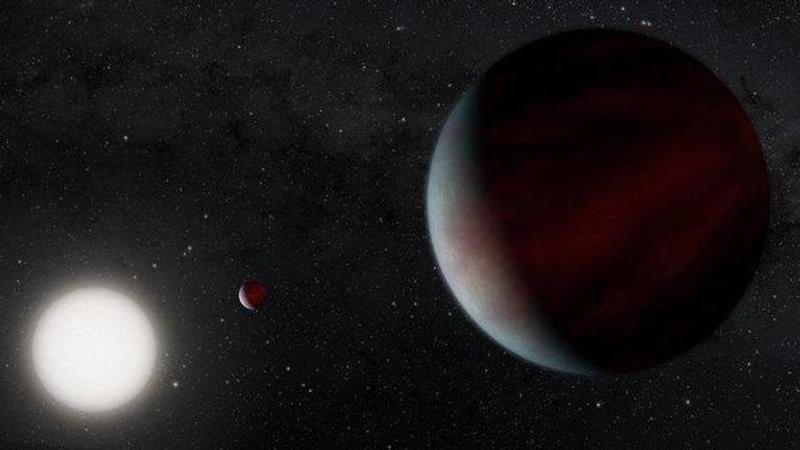Published 17:20 IST, December 1st 2021
NASA's Kepler Telescope discovers 172 new exoplanet candidates in bizarre systems
NASA has presented a catalog of exoplanets that includes 172 new candidates along with 18 new possible multi-planet systems.

NASA has presented a catalog of exoplanets that includes 172 new candidates along with 18 new possible multi-planet systems. Discovered using the Kepler Space Telescope’s exoplanet-detection system, these new candidates are a new addition to the catalog which could reveal secrets of varieties of exoplanets and their formation. According to NASA, the existence of over 2,800 have been confirmed and another 3,250 candidate planets await their confirmation.
NASA’s Kepler detects bizarre exoplanets
Despite the retirement of the first Kepler mission and the limitations of Kepler’s second mission (K2), scientists have been able to detect hundreds of new potential exoplanets. Owing to the said missions, NASA has stumbled upon some bizarre planetary systems located in deep space. Detailing about their discovery, the agency revealed about the EPIC 249559552 planetary system, which is 650 light-years away and is composed of two smaller Neptune-like planets that revolve around a yellow-white, Sun-like star. Interestingly, a strong gravitational influence in the system makes the inner planet do five orbits for every two by the outer planet.
Kepler's findings also revealed another bizarre system, dubbed the EPIC 249731291, where a sun completely different from our sun resides and hosts two gas giants. The planets in the system located 3,500 light-years from Earth are orbiting extremely close to its sun, something which could reveal important clues about how planets form, and how they migrate from different orbits during the long lives of planetary systems.
According to NASA, this new catalog has taken the total count of planet candidates to 747, in which 57 potentially are multi-planet systems. These findings will help scientists in their demographic studies, where they would find certain exoplanets having similar characteristics, their frequency of occurrence in the universe and the relation between such exoplanets. "Such an exoplanet “census” could reveal patterns in how planetary systems form, and how they change over time, including giant gas planets migrating from distant orbits into closer orbits around their stars. Some planet types might be found more frequently around certain types of stars, such as red-dwarfs, or yellow stars like our Sun", NASA said in its statement. In addition to this, the new catalog also offers scope for more revelations about the formation patterns for the galaxy as a whole.
Image: Twitter/@NASAExoplanets
Updated 17:20 IST, December 1st 2021



